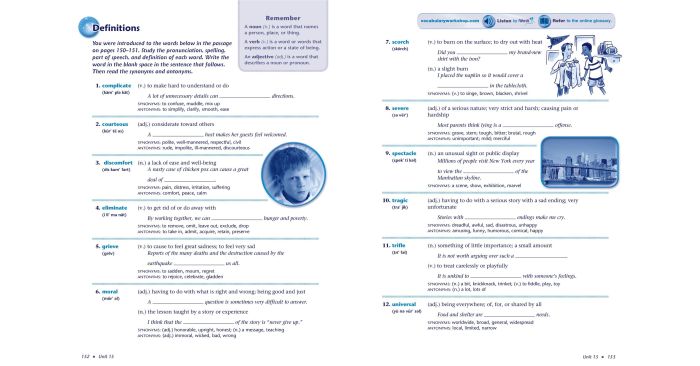The primary purpose of interscholastic athletics is to promote the holistic development of student-athletes, encompassing physical, mental, social, and educational well-being. Through organized sports activities, young individuals gain invaluable experiences that extend beyond the playing field, shaping them into well-rounded and successful members of society.
Interschool athletics serves as a catalyst for physical fitness and overall health, fostering cardiovascular health, muscle strength, and endurance. It also provides mental benefits, including stress reduction, improved focus, and increased self-confidence. Furthermore, it cultivates teamwork, leadership, discipline, goal-setting, sportsmanship, and respect, instilling values that extend beyond the athletic arena.
Importance of Physical and Mental Development

Interschool athletics play a vital role in promoting physical fitness and overall well-being among students. Regular participation in sports and physical activities enhances cardiovascular health, muscle strength, and endurance, reducing the risk of chronic diseases such as obesity, heart disease, and diabetes.
Mental Benefits
Beyond physical benefits, interscholastic athletics offer significant mental benefits. Sports participation can reduce stress levels, improve focus and concentration, and boost self-confidence. The challenges and successes encountered in athletics provide opportunities for personal growth, resilience, and the development of a positive self-image.
Fostering Teamwork and Leadership

Interschool athletics cultivate teamwork skills and foster a sense of community among students. Through shared experiences, athletes learn to collaborate, communicate effectively, and support each other. The competitive nature of sports encourages them to work together towards common goals, promoting unity and a sense of belonging.
Leadership Opportunities, The primary purpose of interscholastic athletics is to
Athletics provide opportunities for developing leadership qualities. Captaincy, mentorship, and team decision-making roles allow students to take on responsibilities, inspire others, and make informed choices. These experiences enhance their leadership abilities, preparing them for future roles in various aspects of life.
Cultivating Discipline and Goal-Setting

Interschool athletics instill discipline and teach the importance of goal-setting. Athletes learn to adhere to rules, manage their time effectively, and work towards specific objectives. The structured nature of sports and the pursuit of personal bests encourage them to develop a disciplined mindset and a growth-oriented approach to challenges.
Benefits of Goal-Setting
Goal-setting in athletics fosters perseverance, resilience, and a growth mindset. By setting challenging yet achievable goals, students learn to overcome obstacles, adapt to setbacks, and strive for continuous improvement. This mindset extends beyond sports, shaping their attitudes and behaviors in other areas of life.
Promoting Sportsmanship and Respect: The Primary Purpose Of Interscholastic Athletics Is To
Interschool athletics play a crucial role in promoting sportsmanship and respect for opponents. Through competition, students learn to compete fairly, handle both victory and defeat with grace, and respect the abilities of others. Sportsmanship is not only about winning or losing but about upholding ethical principles and maintaining a positive and respectful environment.
Role of Coaches and Officials
Coaches and officials play a significant role in fostering a culture of sportsmanship. They set expectations for appropriate behavior, enforce rules fairly, and provide guidance to students on the importance of ethical conduct. By modeling respect and integrity, they create an environment where sportsmanship is valued and rewarded.
Enhancing Educational Value
Interschool athletics can contribute to the educational experience of students. Physical activity has been shown to improve cognitive function, memory, and academic performance. Sports participation also provides opportunities for hands-on learning, teamwork, and the development of transferable skills such as problem-solving, critical thinking, and communication.
Integration into Curriculum
Interschool athletics can be integrated into the curriculum to enhance learning and develop transferable skills. For example, sports history can be used to teach historical events and social studies concepts, while physical education classes can incorporate elements of team sports to promote collaboration and strategic thinking.
General Inquiries
What are the benefits of interscholastic athletics?
Interschool athletics offers numerous benefits, including improved physical fitness, mental well-being, teamwork skills, leadership qualities, discipline, goal-setting, sportsmanship, and respect.
How does interscholastic athletics contribute to student development?
Interschool athletics provides a holistic learning environment that fosters physical, mental, social, and educational growth. It teaches valuable life lessons, develops essential skills, and promotes personal and academic success.
What is the primary purpose of interscholastic athletics?
The primary purpose of interscholastic athletics is to promote the holistic development of student-athletes, empowering them to reach their full potential and become well-rounded individuals.

